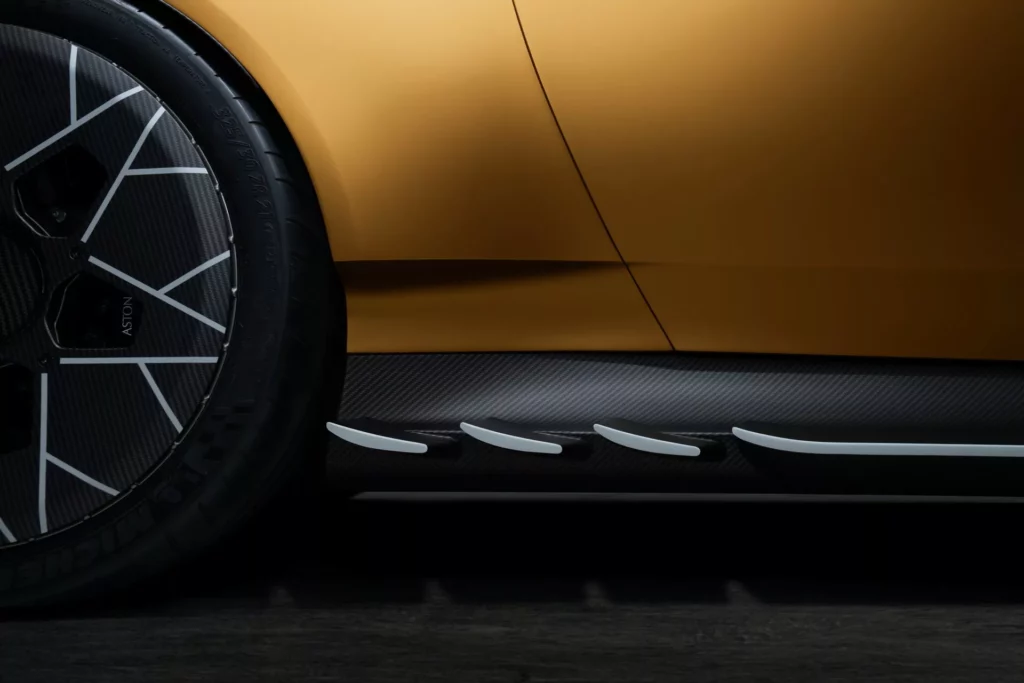Introduction

There’s quite a buzz in the automotive world lately. The European Union is cooking up a new regulation that could potentially slap a ban on carbon fiber in vehicles. This is a big deal because carbon fiber has been the darling of the auto industry, beloved for its strength, lightweight nature, and its knack for cutting down a car’s heft, particularly important for electric vehicles (EVs). As of 2029, this new rule could go into effect, allowing some time for automakers to strategize.
The European Directive

Carbon fiber might soon join the ranks of hazardous materials like lead and mercury if a draft revision of the End of Life Vehicles Directive gets the green light. It’s a move aimed at greener vehicle dismantling and recycling processes. This material is a staple in sectors from aviation to automotive, greatly favored for its superior strength-to-weight ratio.
Market Impact

The carbon fiber market, which was about $5.48 billion in 2024, is projected to balloon to $17.08 billion by 2035, with automotive applications currently making up 10-20% of its use. With the surge in electric vehicles, that share is likely to grow, as the weight of hefty batteries necessitates lighter materials to maintain performance and efficiency.
Environmental Concerns

So why the pushback from the EU? It seems those tiny fibers, when mixed with resin and improperly disposed of, can become airborne, posing risks like electrical short circuits and skin irritation. While this sounds alarming, the impact is primarily felt during the disposal phase, where industrial handling could lead to exposure.
Implications for Automakers
For companies like McLaren, which relies heavily on carbon fiber for making its supercars, and large Japanese suppliers like Toray Industries, this proposal is unsettling. These businesses consider carbon fiber crucial in maintaining high-performance standards while accommodating EV needs.
Comparative Experience
Driving a vehicle equipped with carbon fiber parts feels distinctly nimble and responsive. It’s akin to the difference felt when comparing a classic GT to something modern and sleek, like an Aston Martin Vantage. The reduced weight translates into quicker acceleration and handling that’s more precise.
Conclusion
The potential ban on carbon fiber, while years away, could shake up the industry significantly. It might push auto manufacturers to seek alternative lightweight materials or innovate new recycling methods to keep this vital material in play. While the proposal still faces potential pushback, it’s definitely a topic to keep an eye on.
Electric Track King
Lotus Faces Tariff Strain
Tree Crushes Ford SUV
Supra MkV's Farewell
Ferrari Manual Return